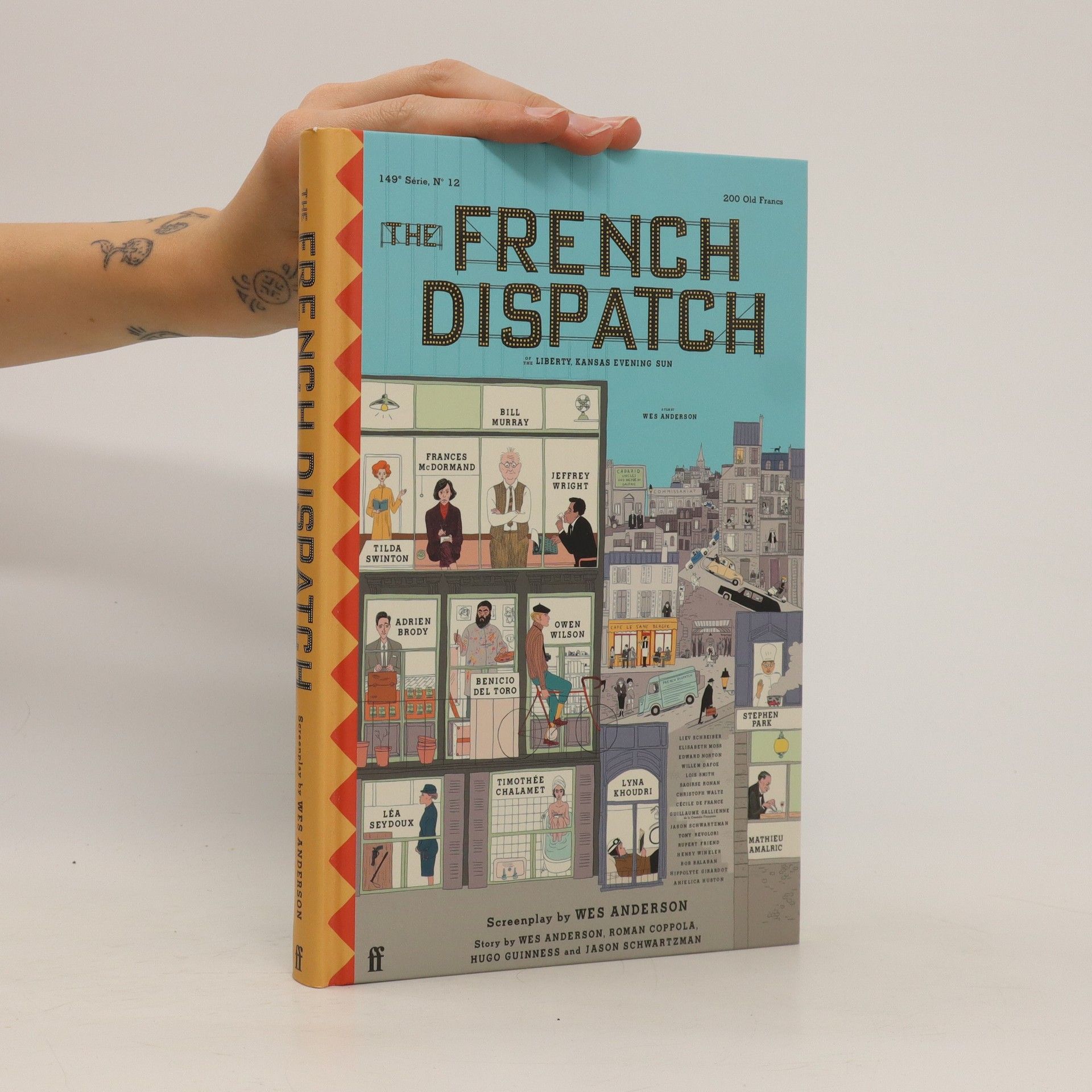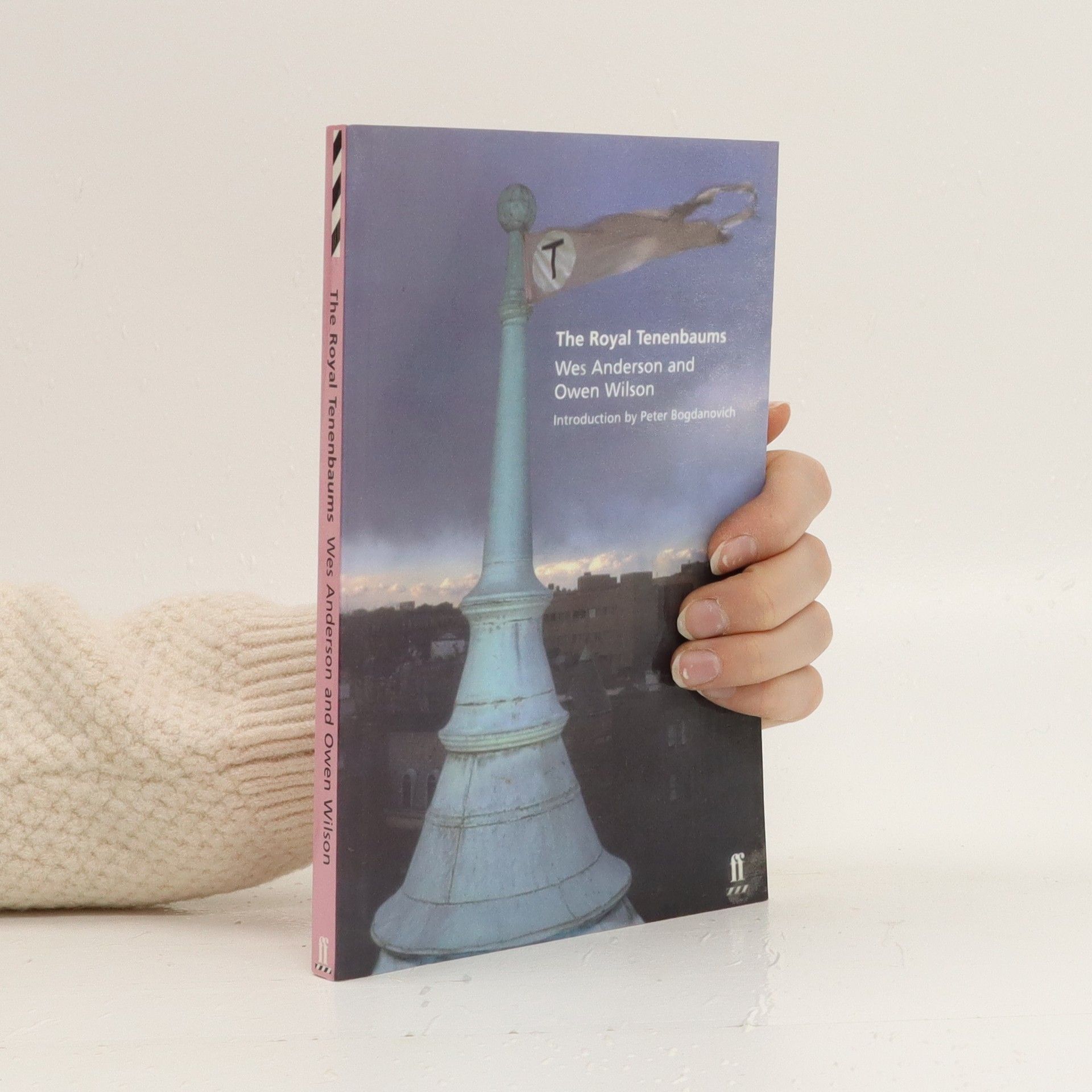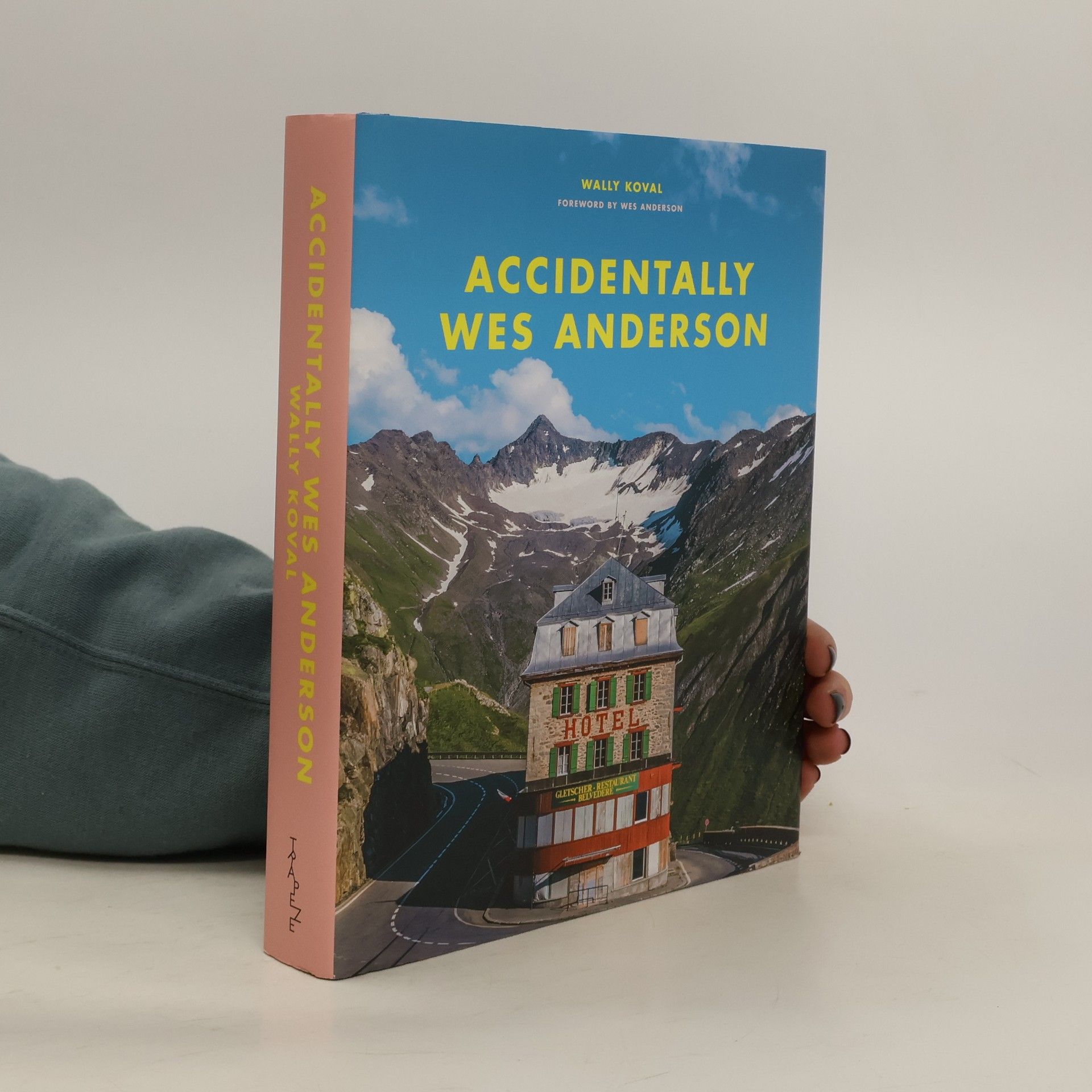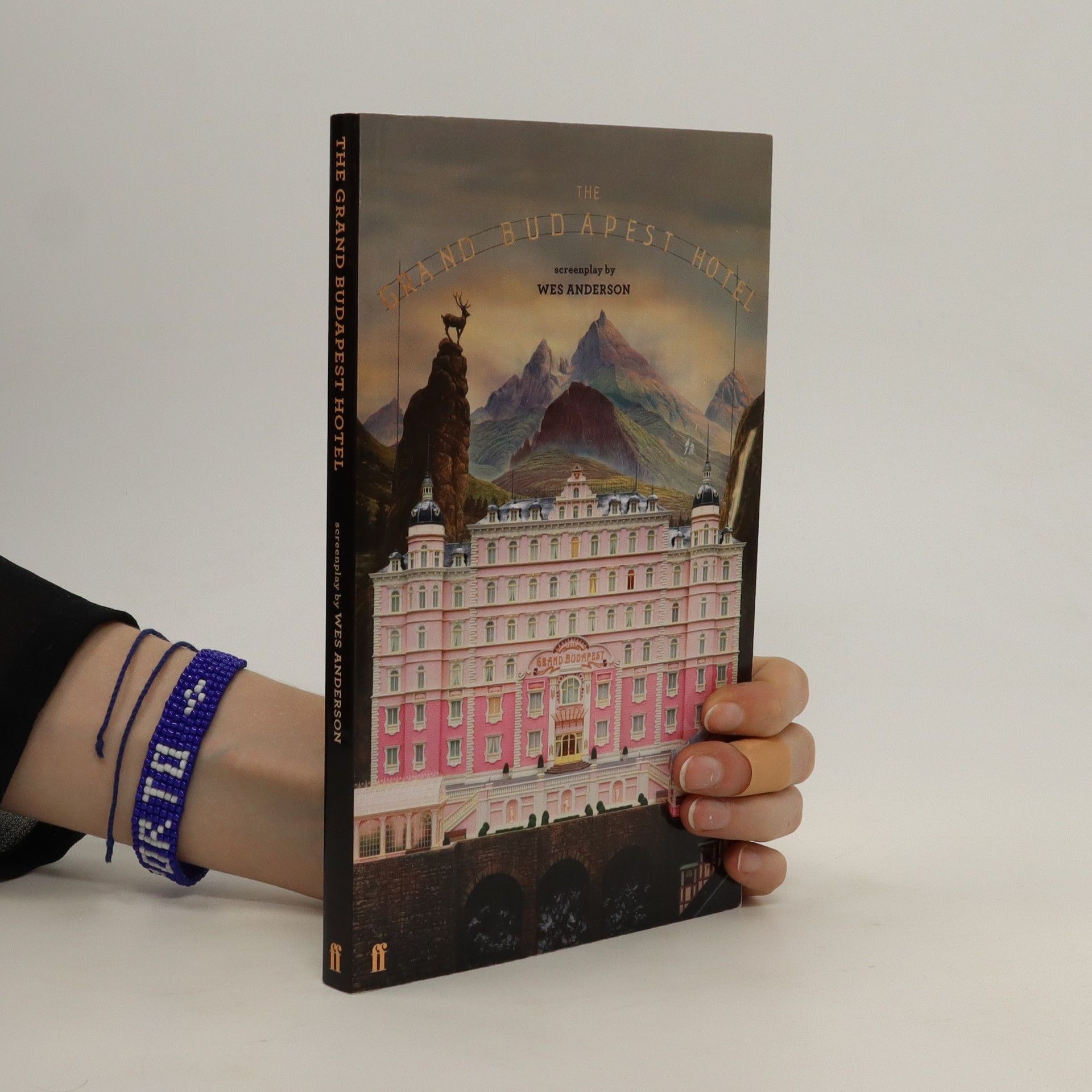The Grand Budapest Hotel
- 176 stránek
- 7 hodin čtení
The wonderful new filmscript from the creator of The Royal Tenenbaums, Rushmore and Moonrise Kingdom.
Wes Anderson je americký filmař, který je známý svým osobitým vizuálním stylem a jedinečným přístupem k vyprávění příběhů. Jeho díla se často vyznačují melancholickým humorem, složitými postavami a důrazem na symetrii a detail. Andersonova filmografie zkoumá témata rodiny, ztráty a dětství s citem pro nostalgii a absurditu. Jeho osobitý styl a narativní techniky z něj činí jednoho z nejoriginálnějších tvůrců současného filmu.






The wonderful new filmscript from the creator of The Royal Tenenbaums, Rushmore and Moonrise Kingdom.
Wes Anderson's beloved films announce themselves through a singular aesthetic - one that seems too vivid, unique, and meticulously constructed to possibly be real. Not so - in Accidentally Wes Anderson, Wally Koval collects the world's most Anderson-like sites in all their faded grandeur and pop-pastel colours, telling the story behind each stranger than-fiction-location. Based on the viral online phenomenon and community of the same name, Accidentally Wes Anderson celebrates the unique aesthetic that millions of Anderson fans love - capturing the symmetrical, the atypical, the unexpected, the vibrantly patterned, and distinctively coloured in arresting photographs from around the world. Authorised by Wes Anderson himself, and appealing to the millions who love his films, this book is also for fans of Cabin Porn and Van Life - and avid travellers and aspiring adventurers of all kinds.
This is the screenplay for the acclaimed film, directed by Wes Anderson. There were three extraordinary children in the Tenenbaum family; Chas Tenenbaum (Ben Stiller) was a financial expert and started buying real estate in his early teens; Margot Tenenbaum (Gwyneth Paltrow) was an acclaimed playwright and won a Pulitzer Prize in the 9th grade; Richie Tenenbaum (Luke Wilson) was a champion tennis player ranked 2nd in the world by the age 17. They were brilliant. They were famous. They were unlucky enough to be the children of a man named Royal Tenenbaum (Gene Hackman). Now for the first time in 25 years, they're all living together under the same roof. After having largely gone their separate ways they're looking to mend fences--and themselves in the process.
A love letter to journalists set in an outpost of an American newspaper in a fictional 20th-century French city that brings to life a collection of stories published in 'The French Dispatch.'
Wes Anderson's screenplay presents a unique blend of whimsical storytelling and distinctive visual style. The narrative is likely to feature his signature quirky characters and intricate plots, set against a meticulously crafted backdrop. Fans can expect a rich tapestry of humor and emotion, combined with Anderson's characteristic attention to detail and aesthetic charm, promising an engaging cinematic experience.
A scintillating collection of inspirations for Wes Anderson's star-studded tenth film The French Dispatch--fascinating essays on the expatriate experience in Paris by some of the twentieth century's finest writers. A glimpse of post-war France through the eyes and words of 14 (mostly) expatriate journalists including Mavis Gallant, James Baldwin, A.J. Liebling, S.N. Behrman, Luc Sante, Joseph Mitchell, and Lillian Ross; plus, portraits of their editors William Shawn and New Yorker founder Harold Ross. Together: they invented modern magazine journalism. Includes an introductory interview by Susan Morrison with Anderson about transforming fact into a fiction and the creation of his homage to these exceptional reporters.
Der vielfach ausgezeichnete US-amerikanische Filmemacher Wes Anderson und seine Frau, die bekannte Kostümbildnerin Juman Malouf, zeigen ihre Lieblingsstücke der Wiener Museen. Innerhalb von zwei Jahren trafen sie ihre Auswahl aus mehr als vier Millionen Objekten, sowohl aus den öffentlich zugänglichen Sammlungen als auch aus jenen, die in den weit verzweigten Depots lagern. Circa 400 Werke, davon zahlreiche, die nie zuvor öffentlich u sehen waren, zeigen die Kuratoren in einer aufwendigen Installation, geordnet nach einer eigenen Systematik. Ihre erste Ausstellung als Kuratoren enthalten Werke aus der Gemäldegalerie, der Ägyptisch-Orientalischen Sammlung, der Sammlung alter Musikinstrumente, dem Münzkabinett, der kaiserlichen Wagenburg, dem Welt- und Theatermuseum, der Bibliothek, Werke aus dem Schloss Ambras und Objekte aus dem Naturhistorischem Museum. Im Katalog erläutern sie ihr Konzept und stellen ihre gesamte Ausstellung in Instalations- und Werkfotos vor.
Set in a dystopian Japan, Isle of Dogs follows a boy's odyssey in search of his exiled dog Spots.